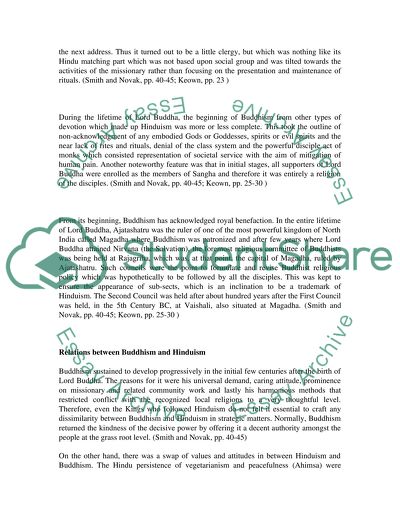Cite this document
(“Buddhism Research Paper Example | Topics and Well Written Essays - 1250 words - 2”, n.d.)
Retrieved from https://studentshare.org/religion-and-theology/1421476-buddhism
Retrieved from https://studentshare.org/religion-and-theology/1421476-buddhism
(Buddhism Research Paper Example | Topics and Well Written Essays - 1250 Words - 2)
https://studentshare.org/religion-and-theology/1421476-buddhism.
https://studentshare.org/religion-and-theology/1421476-buddhism.
“Buddhism Research Paper Example | Topics and Well Written Essays - 1250 Words - 2”, n.d. https://studentshare.org/religion-and-theology/1421476-buddhism.


